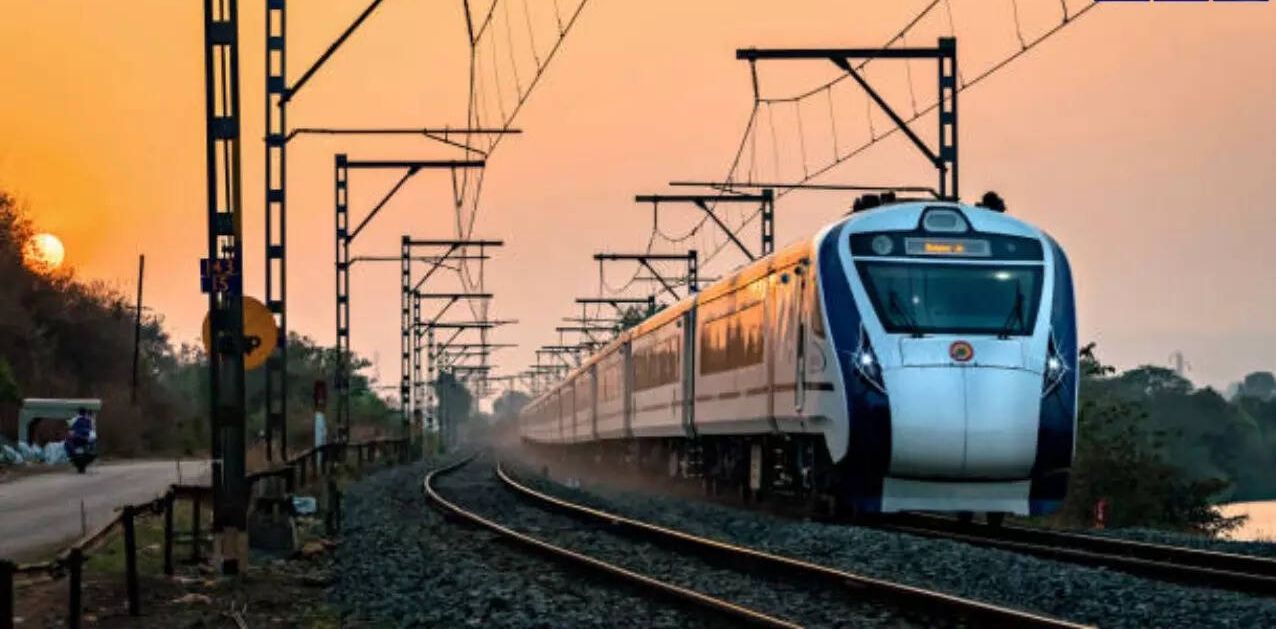Indian Railways is accelerating toward a high-speed future with plans to build 7,000 km of passenger corridors supporting speeds up to 350 km/h. The indigenous Vande Bharat 4.0 trains will replace foreign models like Japan’s Shinkansen, positioning India as a global rail tech exporter and modernizing domestic travel infrastructure.
Indian Railways Unveils Bold Vision for High-Speed Connectivity Across India
At the 2025 CII International Rail Conference and Railway Equipment Exhibition, Railway Minister Ashwini Vaishnaw laid out an ambitious roadmap for transforming India’s rail network into a high-speed powerhouse. The plan includes 7,000 km of dedicated passenger corridors, next-gen Vande Bharat 4.0 trains, and a pivot away from foreign technology in favor of indigenous innovation.
Key Highlights from the High-Speed Rail Strategy:
7,000 km of High-Speed Corridors
The government aims to construct 7,000 kilometers of high-speed rail lines across India by 2035.
These corridors will support trains running at speeds up to 350 km/h, drastically reducing travel time between major cities.
Vande Bharat 4.0 Development
India is developing the fourth-generation Vande Bharat trains, with enhanced speed, comfort, and export potential.
These trains will be built with advanced propulsion systems, lightweight materials, and AI-powered safety features.
Mumbai-Ahmedabad Bullet Train Update
The original plan to use Japanese Shinkansen trains has been dropped.
Instead, India will deploy its first indigenous Vande Bharat bullet train, capable of 250 km/h, on the 508 km corridor.
Export Ambitions
India plans to export Vande Bharat 4.0 trains to countries in Asia, Africa, and Latin America.
This aligns with India’s goal to become a global rail technology supplier.
Infrastructure Modernization
The initiative includes track upgrades, station redevelopment, and smart signaling systems.
It supports India’s broader push toward sustainable and efficient public transport.
Economic and Environmental Impact
High-speed rail is expected to boost regional economies, create jobs, and reduce carbon emissions.
It will also enhance connectivity for Tier-2 and Tier-3 cities, promoting inclusive growth.
India’s rail transformation is not just about speed—it’s about self-reliance, sustainability, and global leadership in transport innovation.
Sources: Mint, Economic Times, The Bridge Chronicle

